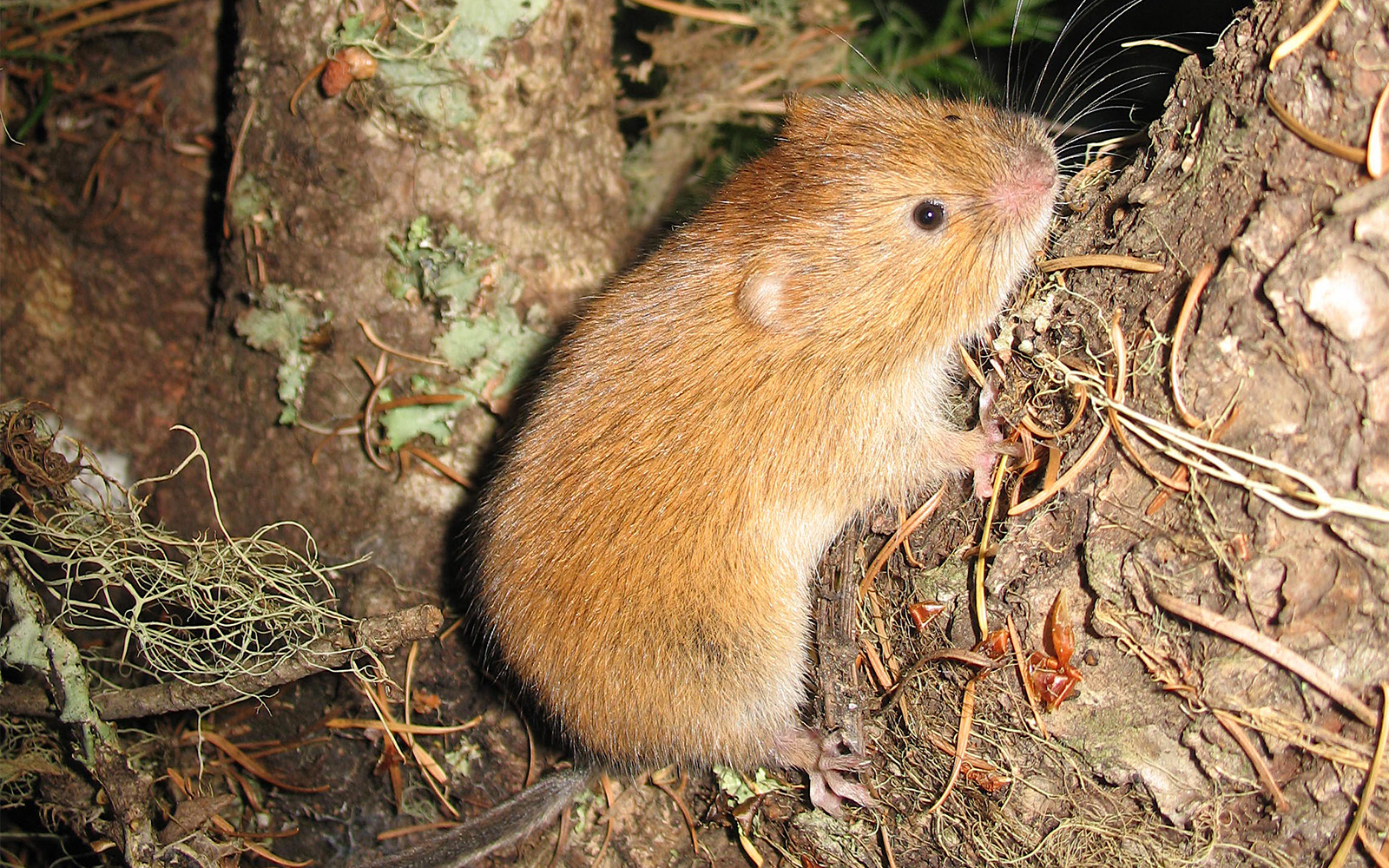FOR IMMEDIATE RELEASE
June 20, 2024
Contact:
Bethany Cotton, Cascadia Wildlands, (503) 327-4923, bethany@cascwild.org
Noah Greenwald, Center for Biological Diversity, (503) 484-7495, ngreenwald@biologicaldiversity.org
Quinn Read, Bird Alliance of Oregon, (206) 979-3074, qread@birdallianceoregon.org
Danielle Moser, Oregon Wild, (503) 975-0482, dm@oregonwild.org
PORTLAND, Ore. — Conservation groups informed the U.S. Fish and Wildlife Service today that they intend to sue over the agency’s denial of Endangered Species Act protections to the imperiled North Oregon Coast population of red tree voles. The Service’s decision to deny protections in February echoes a 2019 Trump administration denial, which was made despite several previous findings that protection was warranted. North Coast voles are threatened by logging and climate change-fueled wildfires.
“We need protections for these ridiculously cute red tree voles, who spend virtually their entire lives in the tops of big trees, eating conifer needles,” said Noah Greenwald, endangered species program director at the Center for Biological Diversity. “It’s not rocket science that when these trees are logged or burned, tree voles die. On Oregon’s North Coast, decades of rampant clearcutting have nearly wiped out the vole’s populations.”
Red tree voles build their nests on complex branch and bole structures found in old growth forest. The North Coast is dominated by a combination of private industrial timberlands and the Tillamook and Clatsop state forests. Decades of rapacious clearcut logging, as well a series of historic fires known as the Tillamook Burn, have eliminated the vast majority of the area’s old forests, along with the red tree voles that once called them home.
“Red tree voles are a harbinger of the health of our forests; they are suffering the negative impacts of decades of mismanagement,” said Bethany Cotton, conservation director with Cascadia Wildlands. “It’s long past time for the agency tasked with safeguarding imperiled species to do its job and provide these adorable forest dwellers with the protections they need to recover.”
Remaining North Coast voles are concentrated on federal lands administered by the U.S. Forest Service and U.S. Bureau of Land Management. Although the Northwest Forest Plan helps protect these remaining small and isolated populations, the long-term survival of the voles depends on improving state and private land forest management.
The state forests are in the process of adopting a habitat conservation plan that will provide some protection to the vole. But the plan will also allow continued logging of thousands of acres of potential vole habitat without any surveys to determine if the species is present. The tree vole currently has no protections on private forests.
“The red tree vole, and the diverse older forests it inhabits, are vital to the survival of northern spotted owls, wild salmon and countless other species,” said Danielle Moser, wildlife program manager for Oregon Wild. “These forests and wildlife are a critical part of Oregon’s natural heritage, and they should be protected as a legacy for future generations; not destroyed for short-term profit.”
In response to a 2007 Center petition, the Service determined in 2011 that protection of the North Oregon Coast population of red tree voles was “warranted but precluded.” It then moved the voles to a list of candidate species for a decade until it reversed course and denied protections in 2019. A Center lawsuit over the denial resulted in a 2022 settlement directing the Service to reconsider the decision.
“Red tree voles (everyone’s favorite tree hamsters) are threatened by logging and wildfire, yet the Fish and Wildlife Service has gone to great lengths to contradict its own findings that this species deserves protection,” said Quinn Read, conservation director at Bird Alliance of Oregon. “Red tree voles don’t have time for bureaucratic delays — the agency must do its job to protect this species and its forest habitat.”
Today’s notice of intent was sent by the Center for Biological Diversity, Bird Alliance of Oregon, Cascadia Wildlands and Oregon Wild.
###
Cascadia Wildlands defends and restores Cascadia’s wild ecosystems in the forests, in the courts, and in the streets.
The Center for Biological Diversity is a national, nonprofit conservation organization with more than 1.7 million members and online activists dedicated to the protection of endangered species and wild places.
Bird Alliance of Oregon was founded in 1902 and works statewide to advocate for Oregon’s wildlife and wild places, and to inspire all people to love and protect birds, wildlife, and the natural environment upon which life depends.

